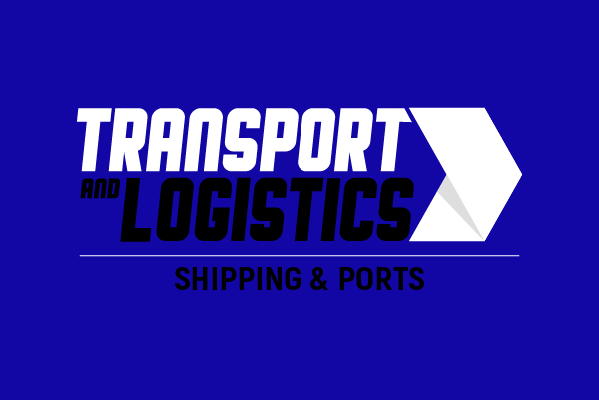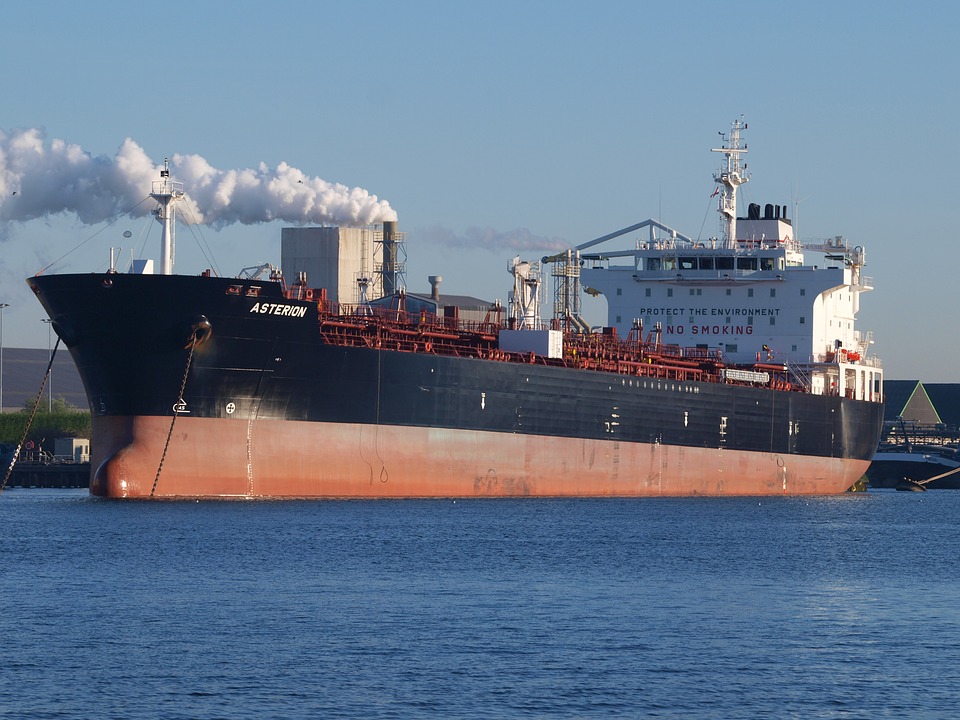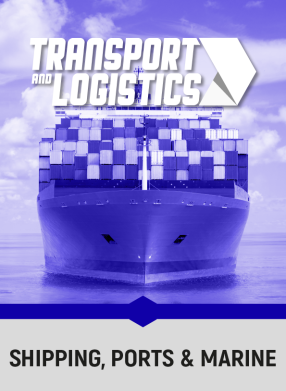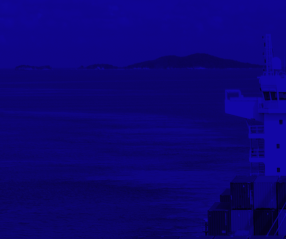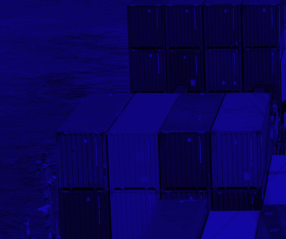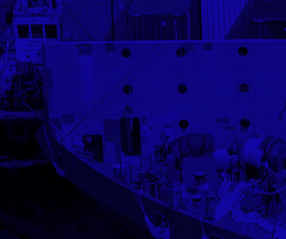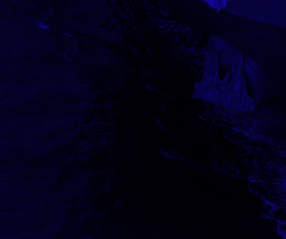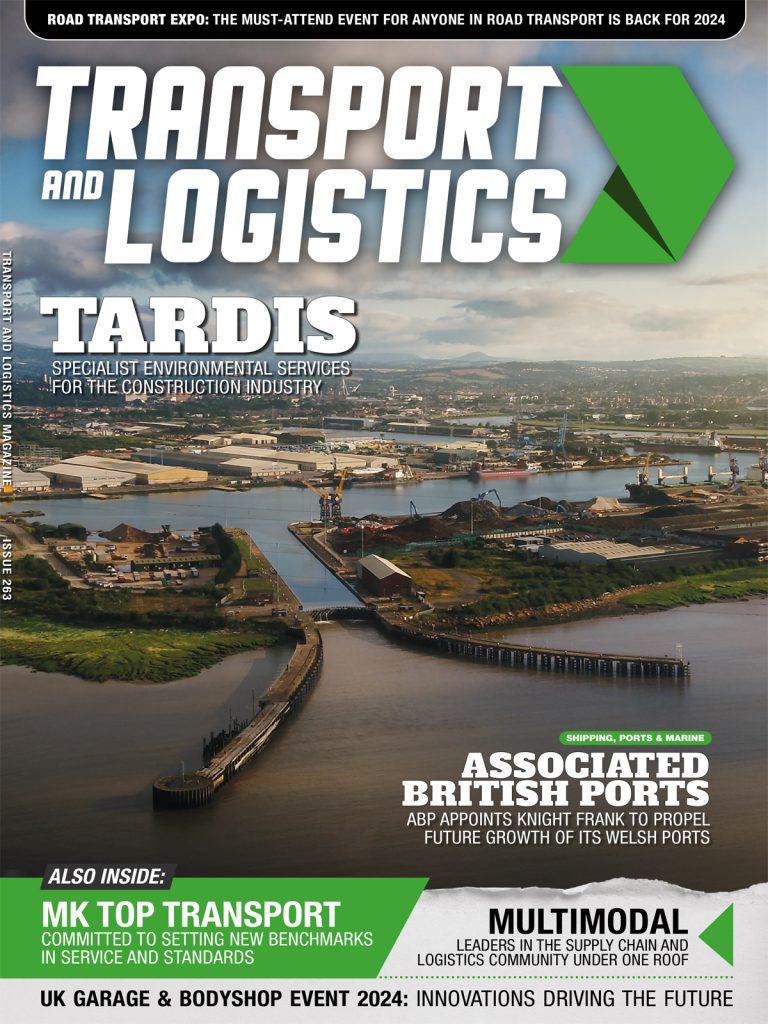When Kostas Ladas, general manager of the London office of the Liberian International Ship & Corporate Registry (LISCR), which manages the Liberian Register, addressed the Tanker Shipping & Trade conference in London in November, he predicted significant growth in Arctic traffic in the coming decades but warned of big safety and environmental risks.
The Arctic Council – the leading intergovernmental forum promoting co-operation, co-ordination and interaction among the Arctic states – has forecast increased summer marine traffic for scientific exploration and tourism, fishing and trans-Arctic voyages, Mr Ladas said.
Mr Ladas cited a report by the US Committee on the Marine Transportation System that presented “a conservative estimate” that the number of transits in the Bering Strait and US Arctic will double by 2025. That report included a high-growth scenario suggesting growth of 500 per cent.
Mr Ladas mentioned another sign of the likely increase: a guide issued in April 2016 by China’s Maritime Safety Administration that is intended to encourage Chinese-flagged ships to use the Northwest Passage to cut travel times and distances.
Polar operations currently require icebreaker escorts, but another study mentioned in Mr Ladas’ paper predicted this will not always be the case: researchers at the National Oceanography Centre in Southampton, UK, and the Nansen Environmental and Remote Sensing Center in Bergen, Norway, found that “unescorted navigation in the high Arctic in summer may be possible as early as the 2030-2040s and is probable after 2050.”
This “will produce both opportunities and challenges,” Mr Ladas said as he outlined some “known but unmitigated hazards.” The Arctic Council identified emergency response as particularly challenging in the Arctic. “If you think about it, what’s up there near the North Pole?” Mr Ladas asked the conference.
He compared the situation in northern waters with those in the Antarctic, where the cruise ship Explorer sank in 2007. In that incident, the Arctic Council had noted that “Argentina and Chile had some infrastructure and response capability nearby,” on account of tourist interest in the area, along with military and scientific bases and the trade route around Cape Horn. In contrast, the Council had remarked on the “limited to non-existent search and rescue (SAR) capabilities in the mid-Arctic region,” Mr Ladas said.
Read more at http://www.tankershipping.com/news/view,growing-arctic-shipping-faces-major-hazards_45766.htm


